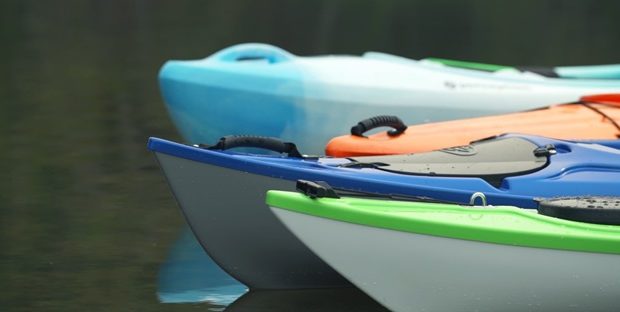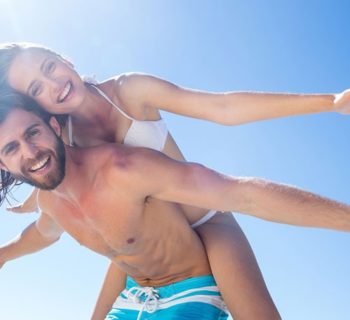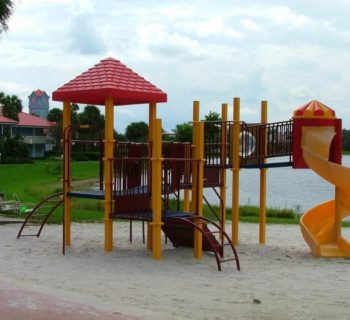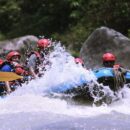Buying a kayak is pretty exciting, but the process of purchasing one can be complicated. This guide will break down every feature people need to consider when buying a good kayak. The idea of owning one can be fascinating. But with different choices available in the market today, it can be pretty overwhelming.
People will want to consider how they will be using the kayak, like where they will be paddling or how often. Will they be out on a rough ocean or a calm lake? Are they looking for a more relaxed paddling experience or an adventurous day tour? Let us take a closer look at some tips that can help enthusiasts find the best kayak for them and the kind of experience they are looking for.
To know more about this activity, click here for more info.
Sit-in, sit-on-top, or inflatable
If you are buying this kind of canoe, you need to remember that there are two categories to choose from: sit-on and sit-on-top. Deciding which one will work best for your needs is the first stage in narrowing down your choices. Sit-on can be very easy to get on and off and can provide adequate stability.
It is a self-bailing canoe and has scupper holes that allow water to pass right through and drain. It is designed with a cockpit and considered more traditional. These kayaks can provide users some shelter from water and wind. People can also add additional coverage using a spray skirt. Spray skirts are flexible waterproof covers with holes for the waste. It can prevent water from entering the device as the user paddles. These models can offer the user more storage space. They are usually designed with a foot brace.
Contrary to what most people may think, this type of canoe is pretty roomy at first sight. That is why people don't need to worry about feeling enclosed or confined in small spaces. On the other hand, sit-on-top ones are viewed as a well-suited canoe for individuals going for a fishing trip or looking for an enjoyable, recreational day on a lake. This type of canoe is very user-friendly and easy to use.
They are an excellent option for people who are still learning how to balance a kayak or beginners. They are also better suited for places with warmer climates because users will get splashed by water regularly. Sit-in devices can be pretty efficient to paddle compared to its counterpart because it has a much lower center of gravity.
If you can't buy sit-in or sit-on-type models for some reason, there is another option. People can consider purchasing inflatable kayaks. These types are very durable, easy to transport, and light weight. Once the day on the water is over, individuals can just deflate the device, so it fits in the trunk of their vehicles. Inflatable ones can be an excellent choice for people with little to no kayaking experience and are just looking for their first canoe. Once people have determined whether a sit-on-top, sit-in, or inflatable model is right for them, they can now look into the types of devices to choose from.
Hull type
When learning how to choose a kayak, people will also want to consider the hull design of the model they plan to buy. The hull is the shape of the boat's lower part. It can make a huge difference in stability and performance on the water. There are two kinds of stability individuals need to understand:
Primary Stability - It is also known as the initial stability and refers to how stable the device is when users are first getting into the kayak. It means there is a big chance that people will not flip over when they step into the device and sit down.
Secondary stability - It refers to how stable the device is once the user starts paddling. It means that people are less likely to roll over as they start moving or cruising through the water.
Hull types
Flat hull - These hulls are maneuverable and very stable. It offers excellent primary stability. The flatter the boat's hull, the more stability it will have. Flat hulls are the perfect choice for recreational models in flat or calm water conditions. It can be an excellent choice for newcomers and beginners in this activity.
Round hull - Rounded-edge hulls can allow for more comfortable water travel and increase speed than their flat counterparts. This type of hull makes the canoe more maneuverable and can offer more secondary stability.
V-shaped hull - This type of hull can cut through the water and help the boat to travel straight. These hulls are ideal for long-distance trips, touring, or recreational paddling. It may feel a little unstable at first because it provides little primary stability, but it can offer a lot of secondary stability.
Weight capacity
It is imperative to keep in mind each kayak's weight capacity. It should be appropriately listed when buying the model. The capacity includes the user's body weight, and additional items carried by the kayak. It may consist of fishing gears and tackles, as well as coolers for the drinks.
Width and length
Usually, the narrower and longer the kayak, the straighter and faster it will go. Kayaks are more comfortable to turn and more stable if it is shorter and wider, but its speed might be sacrificed. If users are new or beginners to this activity, then a broader model can be a good choice as they get acclimatized to being on the water.
Models used for recreational purposes are about eight to thirteen feet long and designed for small rivers, lakes, creeks, or other calm water bodies. They can cruise quickly and efficiently to narrow passages or inlets. Kayaks used for yours are much longer, around fourteen to eighteen feet, and they are designed to handle bigger lakes and rivers or larger waves.
You are making a significant purchase; that is why it is necessary to feel comfortable and confident with the product you choose. Once users find the perfect style for their needs, they should purchase the right paddle. They also need to take a lot of time to learn some of the basic kayaking techniques, including how to paddle, steer, and launch a kayak.
























